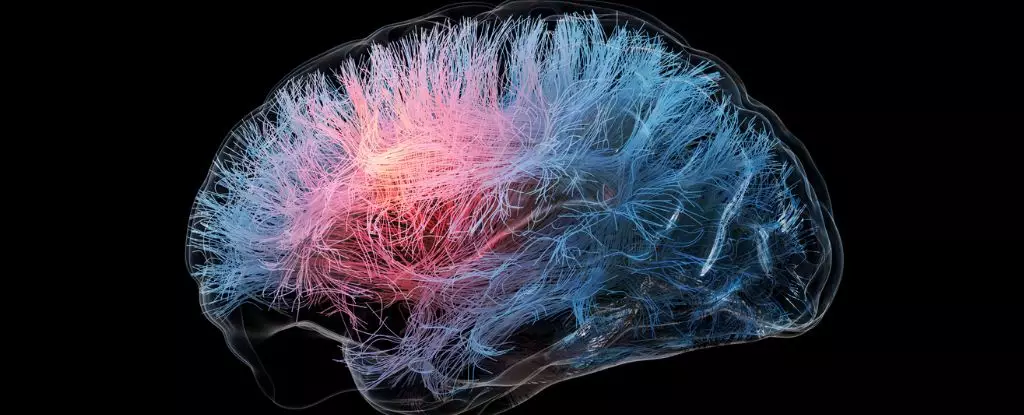Alzheimer’s disease devastates families and communities alike, stealing years of independence from its victims. With new medications like lecanemab marking advancements in treatment, our hopes hinge on finding effective solutions that can genuinely improve the quality of life for patients. While the drug has been celebrated for its potential to slow cognitive decline, recent findings expose a disturbing reality: female patients may derive significantly less benefit from such treatments compared to their male counterparts, revealing a profound gender disparity in Alzheimer’s research. This sobering realization raises critical questions about how well we understand the complexities of human biology in drug development, particularly for diseases that disproportionately affect women.
Understanding the Drug’s Effectiveness
In a comprehensive phase 3 clinical trial, lecanemab showcased the ability to slow cognitive decline by an impressive 27% compared to a placebo—an inspiring breakthrough for advocates and caregivers. However, dissecting these results reveals a more troubling narrative: the trial indicated a staggering 31% difference in effectiveness between genders. For males undergoing treatment, the results were remarkably positive, reflecting a 43% mean slowing in cognitive decline, whereas females exhibited a negligible 12% mean improvement. These figures not only illustrate a significant disparity, but they also call into question the assumptions that continue to fuel clinical research.
An alarming aspect of this research is that the sample size wasn’t sufficient to draw firm conclusions about male versus female responses to lecanemab, which highlights the inadequacies of historical clinical trial designs. It’s unacceptable that the state of neuroscience has allowed trials to overlook gender-specific outcomes for so long. This oversight doesn’t just hamper the scientific community’s understanding of gender differences; it has dire implications for the treatment options available to women suffering from Alzheimer’s.
Scrutinizing Previous Research Bias
The traditionally male-centric approach to clinical trials has often led researchers down a dangerous path of ignorance, as pointed out by neuroscientist Marina Lynch. Only a measly 5% of neuroscience or psychiatry studies published in 2019 examined the influence of sex on outcomes. This gender bias in research not only perpetuates misinformation about Alzheimer’s but also contributes to the “grave consequences” for women’s health, as recently stated by an international team of researchers. The burden of male bias extends beyond statistical discrepancies; it distorts our understanding of how diseases manifest and progress in different demographics.
The urgent call from experts for a paradigm shift in research design underscores an undeniable truth: gender should no longer be an optional variable in clinical trials. It must be a priority. Exploring the potential sex-related mechanisms that influence drug effectiveness is paramount, particularly when two-thirds of Alzheimer’s patients are women. To sidestep or minimize these differences is to remain willfully ignorant of a significant aspect of human biology.
The Complexity of Brain Aging and Treatment Mechanisms
Delving deeper into the mechanisms of cognitive decline and the action of lecanemab reveals an intricate relationship between amyloid plaques and gender. While lecanemab targets these protein plaques, additional research suggests that up to one-third of individuals diagnosed with Alzheimer’s may not even have these plaques, complicating the treatment landscape further. It’s worth scrutinizing whether the approaches we’ve taken thus far are misdirected. If amyloid plaques are not universally responsible for cognitive decline, we risk developing treatments that may only cater to a subset of patients, leaving women, in particular, at a significant disadvantage.
Moreover, sex hormones and genetic factors may add layers of complexity that remain largely unexamined in mainstream research. This neglect only exacerbates the discord between our understanding of Alzheimer’s disease and what patients, particularly women, actually experience. Future pharmaceuticals must accommodate these nuances rather than forcing a standardized model onto a fundamentally diverse population.
Implications for Future Research and Health Policies
The implications of this disturbing gender gap in treatment efficacy extend beyond science; they beckon a need for systemic change in healthcare policies that govern research and drug approval processes. We owe it to the millions affected by Alzheimer’s to develop a research framework that prioritizes gender equity, ultimately leading to therapies that are effective for every demographic. Ensuring comprehensive data sharing among drug developers could facilitate a rapid reassessment of potential mechanisms influencing cognitive decline, altering the course of Alzheimer’s treatment for women.
As we advance into an era of personalized medicine, the pressing issue remains: will we choose to let historic biases dictate the trajectory of healthcare, or will we collectively advocate for informed, inclusive research that accurately reflects the human experience? In a battle against a devastating disease, it is both a moral obligation and an ethical imperative that we prioritize understanding the intricacies of brain aging and treatment response across genders. The stakes have never been higher.


Leave a Reply